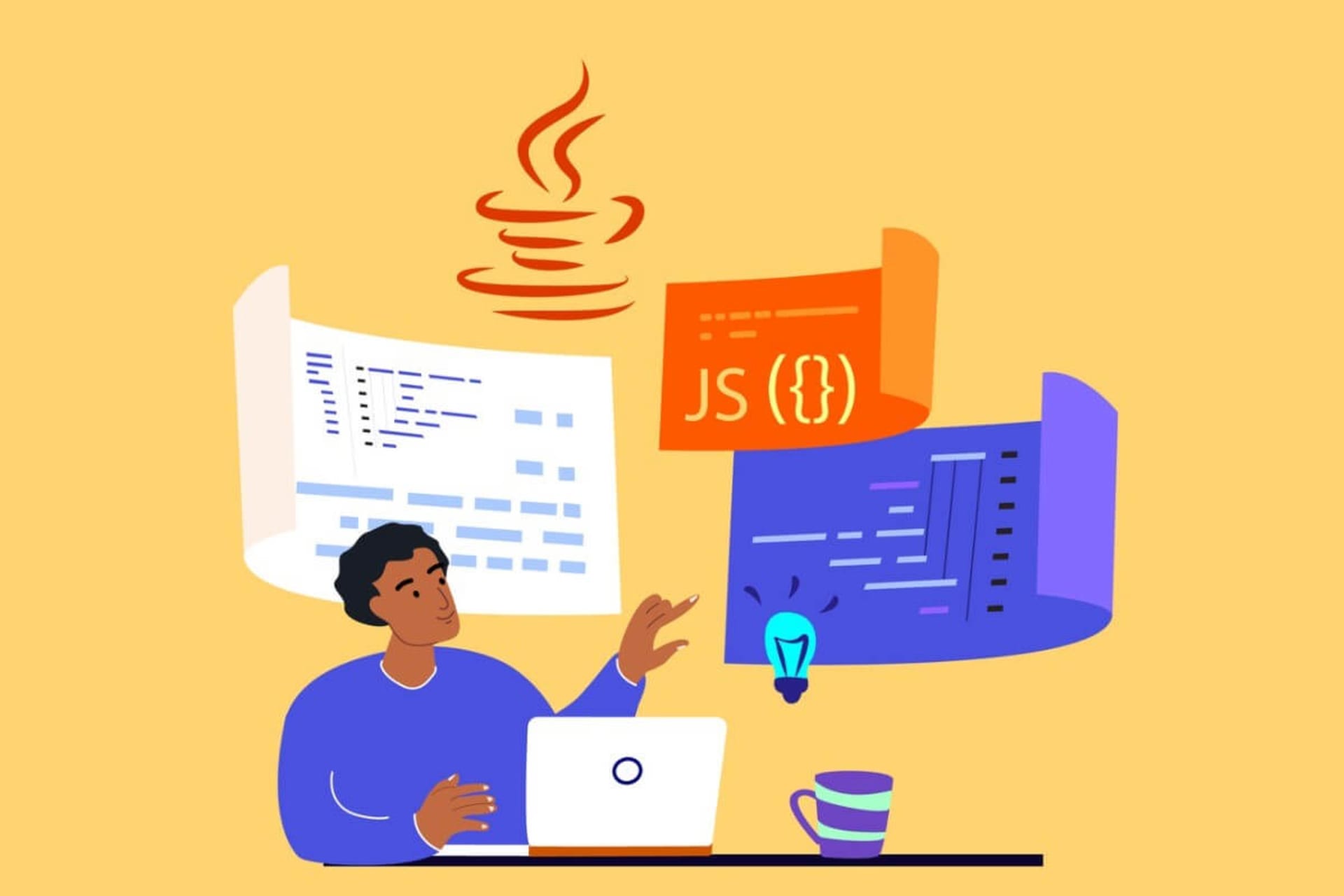The idea behind gamification is relatively simple: You can make a process more “fun” (and also more productive) by incorporating gamelike elements. You’ve likely seen examples ranging from receiving “badges” when completing your profile for an online app to introducing competition to the workplace through prizes that are either real or little more than bragging rights.
The assumption behind gamification is twofold. First of all, humans seem to have a natural proclivity toward games, especially those that are relatively simple to learn, present opportunities to progress or “level up,” and provide enough challenge and surprises that it’s fun to play the game repeatedly. If you’re skeptical, consider that the video game market is expected to generate $200 billion in 2022, and more “traditional” casino gaming brought in $53 billion in the U.S. in 2021.
The second assumption behind gamification is that our innate competitive desire to “win” a game has the potential to drive increased productivity. An employee that performs a rote task like processing invoices might do the minimum amount of work to avoid running afoul of their manager. Still, if that same employee sees invoice processing as a game, their desire to win might drive productivity over that minimum threshold.
There are also more subtle benefits to gamification. Part of the attractiveness of games is that they provide a defined set of rules and clear victory conditions. It’s easy to determine who wins a game since victory conditions are known in advance and are clear to all the players. The benefits in a work context are obvious since confusion and unclear objectives, and an inability to “win,” is just as challenging in a work context as they are when playing a game.
Losing at Gamification
While there are seemingly many benefits to gamification, it is also easy to fail in implementing gamification for a simple reason. The world is littered with long-forgotten games that were uninteresting, too complex, or generally not enjoyable. Ask your average tech leader to create an enjoyable game, and they’ll likely balk, yet for some reason, these same individuals believe they can turn mundane work tasks into the equivalent of a bestselling game.
Merely applying the trappings of a game, like badges, leaderboards, or scorekeeping, doesn’t create something exciting and compelling enough to hold employees’ interest. Many gamification efforts quickly backfire, and employees realize they’re being pushed to produce more for the same (or less) reward.
For example, many experiments with gamification involved awarding digital “badges” to individuals under the assumption that employees would value these virtual rewards and be interested in collecting and sharing their badges. While initially exciting and novel, badges that don’t provide any value to the individual employee quickly become disregarded.
Similarly, assigning scores and leaderboards to completing work-related tasks can bring out individuals’ competitive fire. However, if getting to the top of the leaderboard provides no benefit in recognition or remuneration, the game becomes pointless, and employees ignore the gamification elements. At the same time, their employer loses productivity benefits associated with the competition.
A Safer Start
The best place to start with gamification is also the more complex, focusing on whether your gamified process has clear rules and victory conditions. It might be fun to hire an excellent development shop and build a cool app that rewards digital badges. However, you’ll see more benefits to reengineering your process, so it is easier for employees to understand how to “win” and naturally strive for victory.
This might seem obvious, but try walking the halls and asking employees what they should do to “win” a day at work. If you ask 5 people, you’ll likely get 5 different answers, which may or may not mirror what their management hopes they accomplish at the end of the day. Tech leaders should perform this experiment with their teams and can also build tools to gather data and track feedback for other business unit leaders.
Most of us have done business process reengineering or a similar activity, but thinking about a process in the context of a game can be very helpful. Games usually do a great job sequencing activities into the various parts of a turn and have clear guidance on what’s allowed and impermissible. Like a well-designed process, games also reward good behavior and punish the wrong behavior, providing a simple mechanism for keeping track of each, usually in the form of a score.
You might be unable to make your accounts payable process as engaging and exciting as a popular game. Still, you can provide clear rules and a victory condition, and you’ll get far more benefits than a meaningless digital badge. Add a reward that’s valuable, money, or some sort of point system that can be exchanged for items employees find useful. You’ll get much more benefits than digital baubles added to a poorly designed process.
Don’t Be Sneaky
Employees at all levels have seen enough gamification efforts to understand that they’re designed to encourage them to perform an activity that benefits someone else, even if they don’t know that this is called gamification. Suppose you announce gamification of a rote process as a benevolent act done for purely altruistic reasons. In that case, your employees will likely doubt your motivations and actively resist the game elements.
Instead, announce these efforts as a way to improve throughput in a fun manner and reward those who can “win” the game. Providing multiple ways to win and ensuring that the rules are clear can make employees willing players rather than active opposition.
Gamification can have mixed results in a professional environment. While the digital element of gamification can be a valuable addition to a well-designed gamelike process, it should be an addition rather than the primary focus of your gamification efforts. However, with some thoughtful effort, gamification can drive increased performance and engagement of your team when done well.






